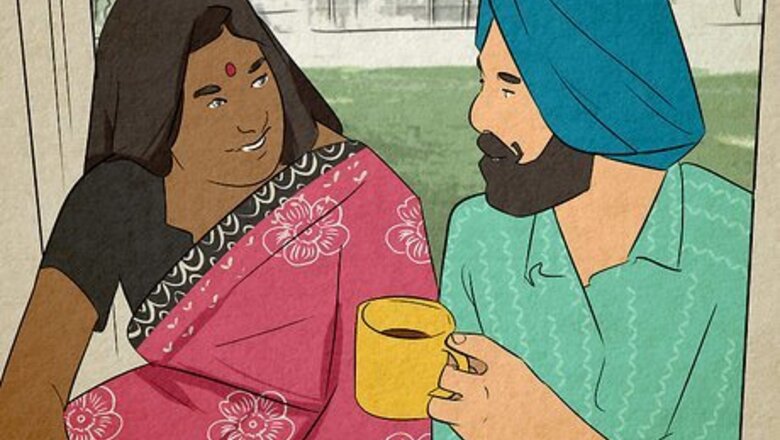
views
- In Indian culture, women wear red dots on their forehead to say “I’m married,” whereas men typically wear bindis for religious ceremonies.
- These red dots or bindis signify the Hindu faith and are placed directly over the third eye to represent spiritual enlightenment.
- Traditionally, bindis are made with an ink-like mixture of turmeric and slaked lime; however, reusable stick-on versions have become popular in recent years.
What is a bindi?
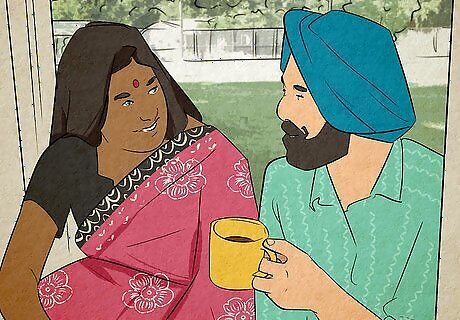
A bindi is a traditional religious symbol in Hinduism. If someone wears a red dot between their brows, it’s most likely because they’re Hindu. Traditionally, men and women wear bindis to show their faith and open their “mind’s eye.” The ornament is placed over a person’s sixth chakra or third eye to symbolize spiritual sight or what the physical eye can’t see. The word “bindi” comes from the Sanskrit word bindu, which means drop or particle. Today, Hindu women are mostly seen with bindis; however, men may still wear them for religious occasions or ceremonies. Because of Indian dialects and regions, bindis are also called kumkum, sindoor, teep, tikli, and bottu.
The Religious & Cultural Significance of a Bindi
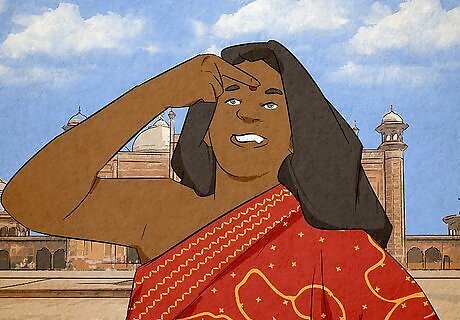
Bindis are symbols of the Hindu faith. Above all else, these red dots represent Indian culture and Hinduism. Similarly to how a Christian wears a cross, or a Muslim woman wears a hijab, a bindi shows the support and pride of a religious culture. While Muslim and Hinduism are both Indian cultures, their differences in religious symbols help distinguish them.
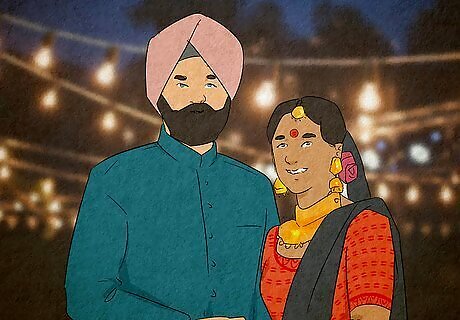
Bindis are a sign of marriage. Hindu women place a red mark on their forehead to let others know they’re married. If a Hindu woman sports a black bindi, it’s a sign she’s not married. In Hinduism, the color red represents love, honor, and prosperity, making it a culturally significant color for lifelong marriage.

A bindi helps awaken the spirit. Spirituality is a big part of Hindu culture. Hindus often mark their foreheads before practicing yoga, praying, or entering a temple or other sacred space. The bindi is said to help open their third eye, allowing them to perceive the world in a new light and remind them of their life’s purpose. In Hindu culture, the third eye or seventh chakra is known as the ajna chakra, which, when activated, is believed to overcome Ahaṁkāra or the ego.
How are bindis made?
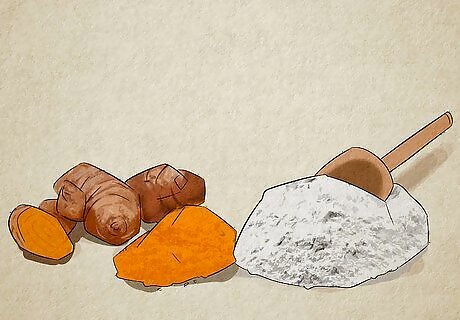
Traditionally, bindis are made with turmeric and slaked lime. These traditional ingredients are said to bring spiritual benefits to the wearer. The mark is placed on the forehead between the brows with one press of the ring finger.
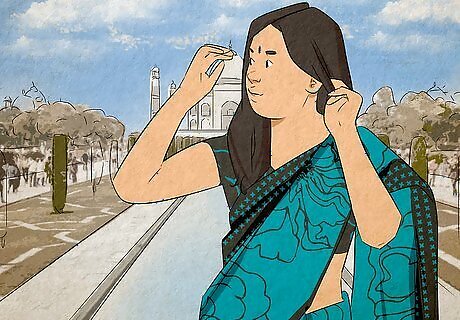
Some people wear jeweled bindis, instead. Many Hindu women have added more glitz and glam to the traditional red bindi by decorating their third eye with stick-on jewels. Sticker bindis are often worn during festivities or celebrations as a sign of beauty and prosperity. The jewel or gem is applied between the brows (like a traditional bindi) with an adhesive. Sticker bindis come in all shapes, sizes, and colors and can be reused. Some Hindus frown against these glamorous, fashion-forward bindis and prefer the traditional application. However, they’re becoming more widely accepted, and many Hindu women prefer using a stick-on application every day.
Can you wear a red dot on your forehead?

If you’re not Hindu, avoid wearing a bindi as an accessory. Bindis are traditional religious symbols that represent an entire culture. The origins of this simple mark are rooted deep in Indian culture, and wearing one as a beauty mark or fashion accessory could be seen as cultural appropriation. Cultural appropriation is an inappropriate adoption of a cultural or religious symbol that ignores the symbol’s original origin. For instance, wearing a bindi for a Halloween costume would be inappropriate if you’re not celebrating your own Hindu culture. Rather than wearing a bindi as an accessory or costume, research its culture (Hinduism) to learn about its significance and origin—reading this article is just the start!
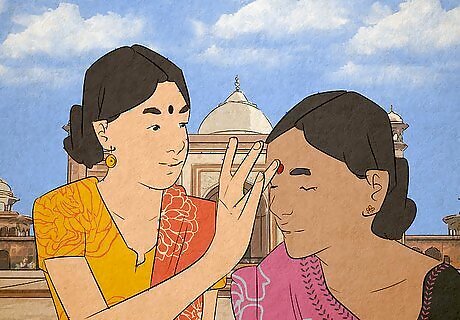
If you’re Hindu, show off your heritage with a bindi. Bindis are powerful symbols rooted in your ancestors' past, and you have every right to show off your culture and all its beauty. If you resonate with the bindi’s meaning and it’s culturally appropriate for you to wear one, go for it.




















Comments
0 comment